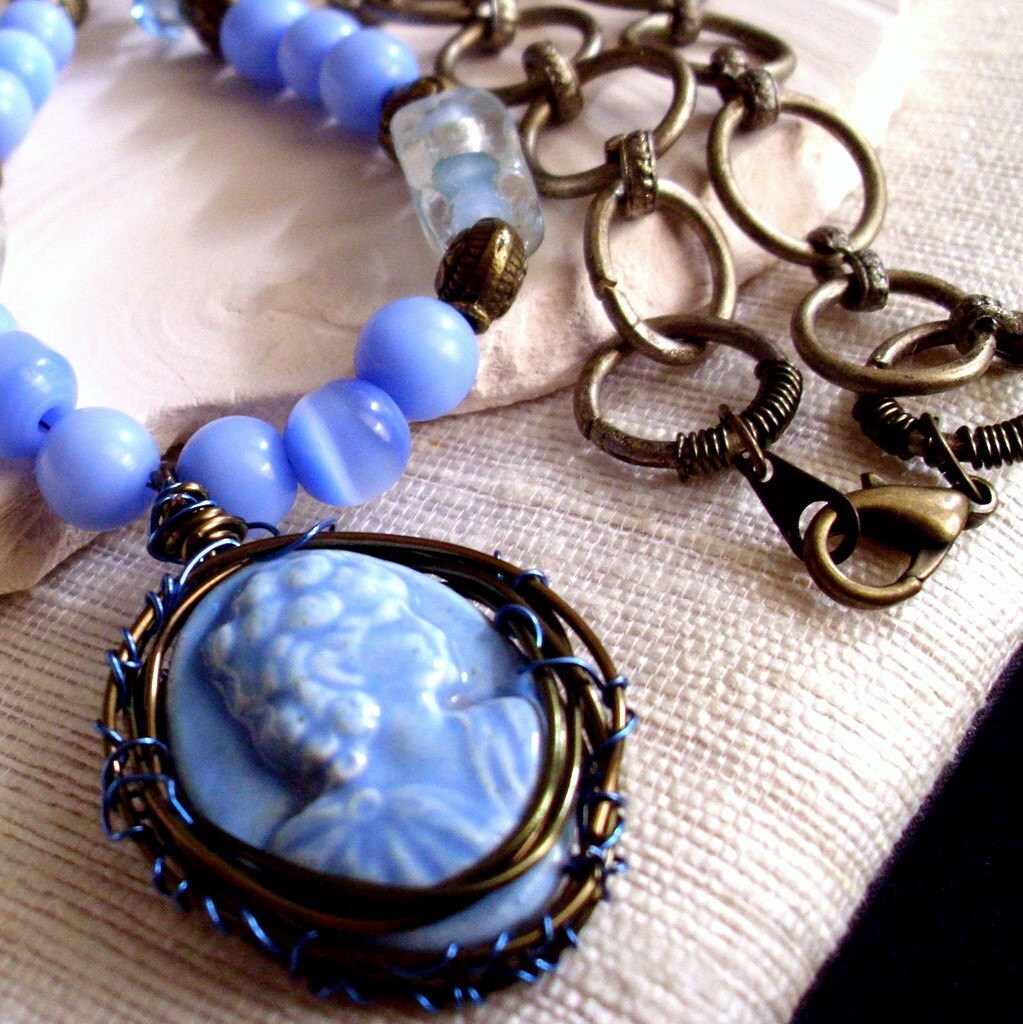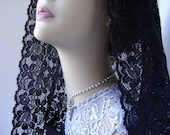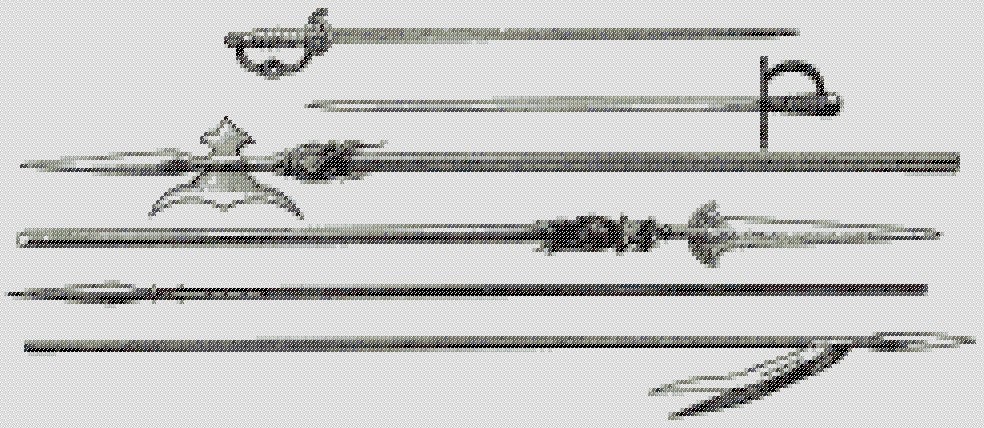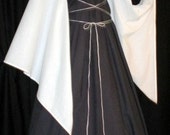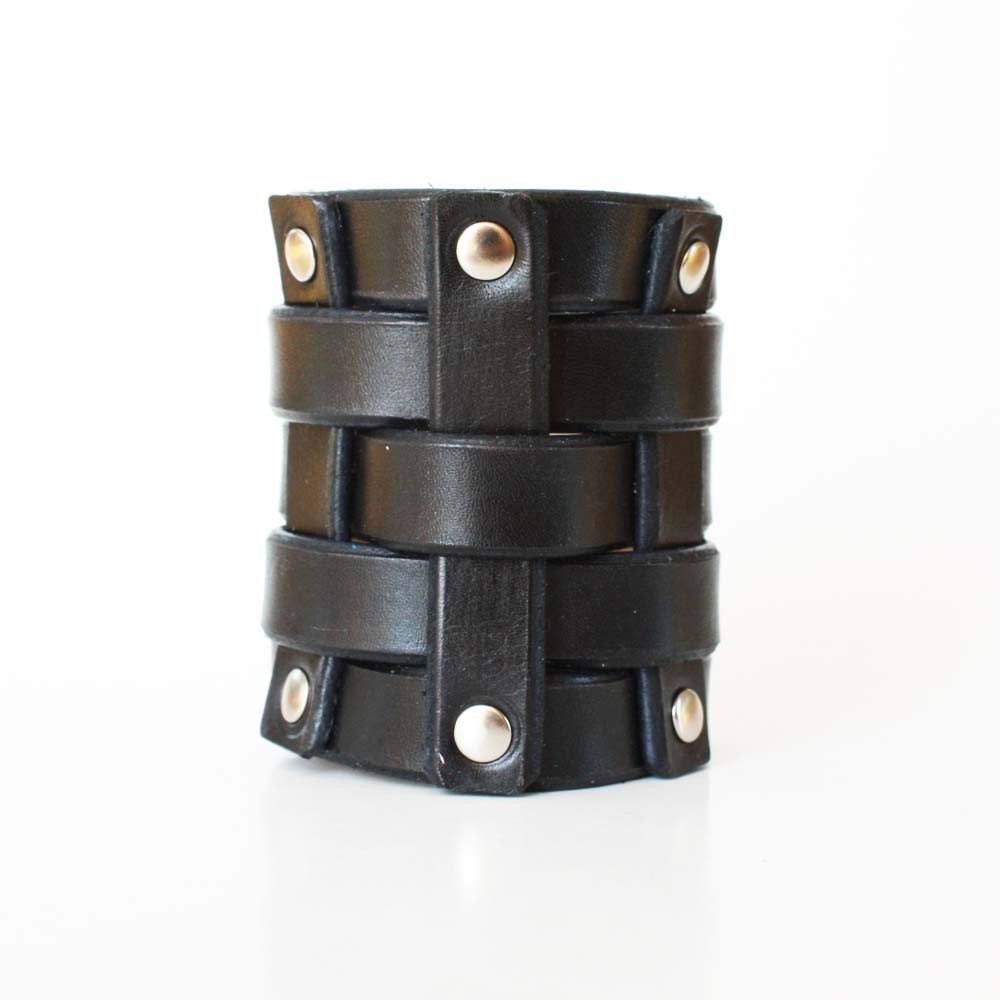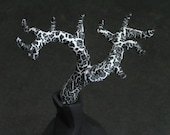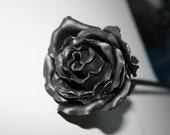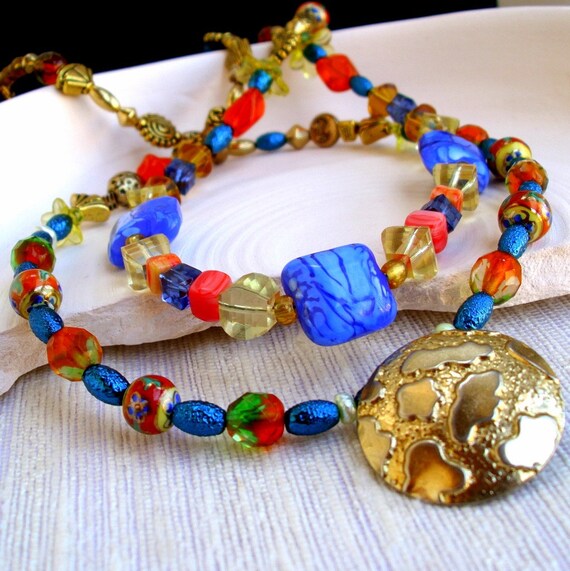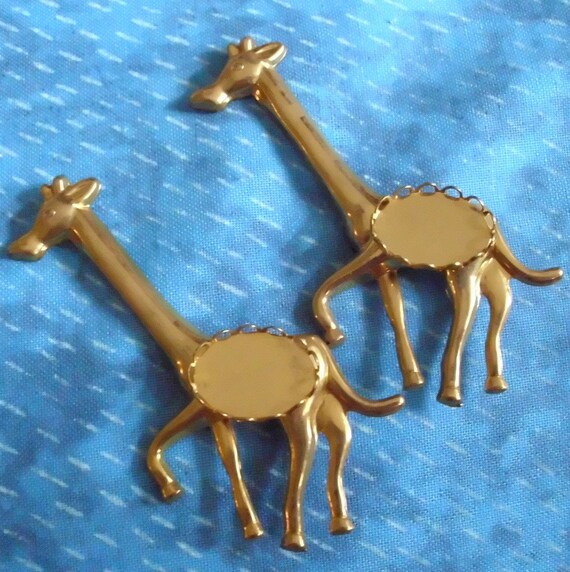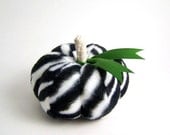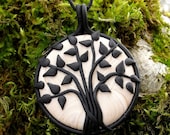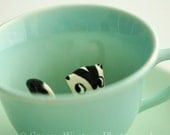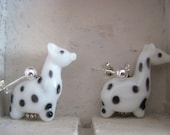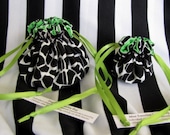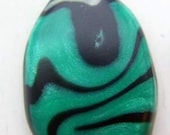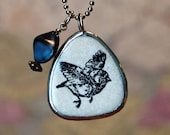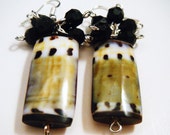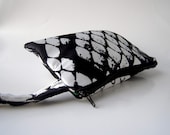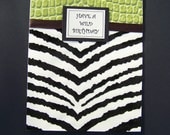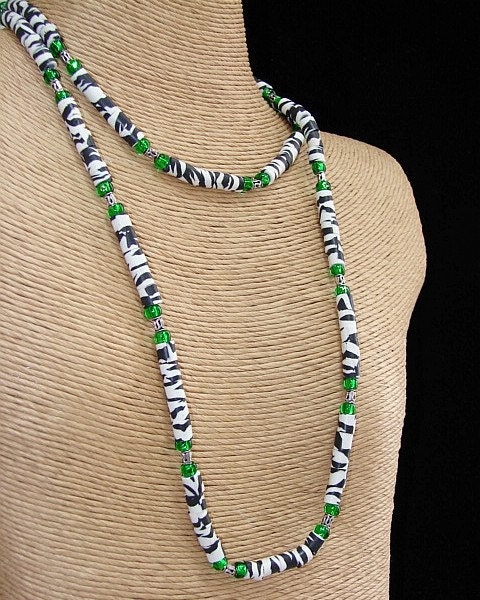First of all, I won't feature anything that I strongly suspect to be a reseller item. I'm certain that some slip through my grasp, but I'm pretty careful. Also, blatantly incorrect tagging and glaring spelling errors drop things very low down the list of things I want to feature.
After those basics, my first priority is photo quality. I try to emphasize both good photography and well-made items -- decoupaged clothespins go in way after hand-drawn sketches. Good crisp lighting, however, trumps it; if the clothespins were photographed well and the sketch poorly, in they go and out goes the sketch.
I select to match both a color family and a theme, but color comes first.
If I have the option of a well-known, oft-featured shop and a newer one, all other factors being equal, I go with the newer one. I try to overemphasize shops with fewer than 100 instances of feedback.
Last and least important is avoiding competing with myself or M. I won't feature fairy doors or plush squid, and I do attempt to limit jewelry, though mostly that's because I try to have a wide range of item types.
This treasury is a great example because I managed to get a good number of newer shops, to emphasize some really excellent photography, and to make every single item fit a theme/story. It's a little naughty, which I always expect people to remark on more than they do -- you'll notice some bondage-themed items, never mind the corsetry -- but has an appealingly innocent look covering the wickedness, with a light blue and dark blood red combination that's unconventional enough to intrigue but could easily be a standard slightly-vintage Fourth of July scheme.
'One Way or the Other' by balletllama
Light blue and bright red in a variety of beautiful vintage-inspired designs. And once you see the story, just a bit scandalous.
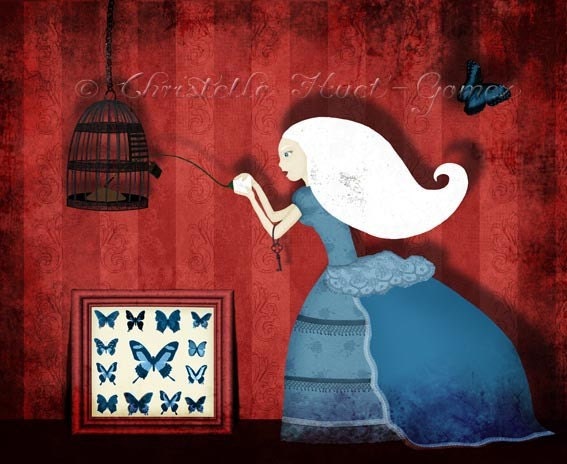 Giclee illustration... $15.00 | 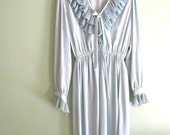 SALE SALE 1970s lig... $20.00 | 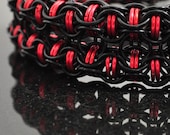 Royal Blood - Chain... $70.00 | 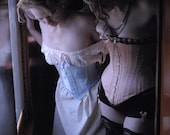 pretty blue ribbon ... $299.00 |
 SALE. Group of thre... $54.00 | 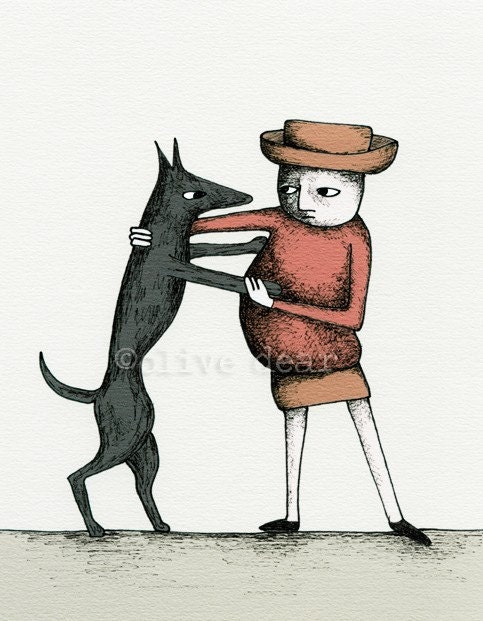 dog waltz - fine ar... $30.00 |  Personalized Pet Bo... $26.00 | 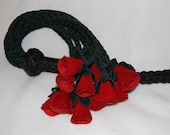 Red Leather Rose Fl... $199.00 |
 Hilarious, Mean Any... $3.50 |  Caught in a Net of... $33.00 |  Red satin cupped lo... $995.00 |  Classic Cameo Heart... $8.00 |
 Untitled 12x8 Fine ... $35.00 | 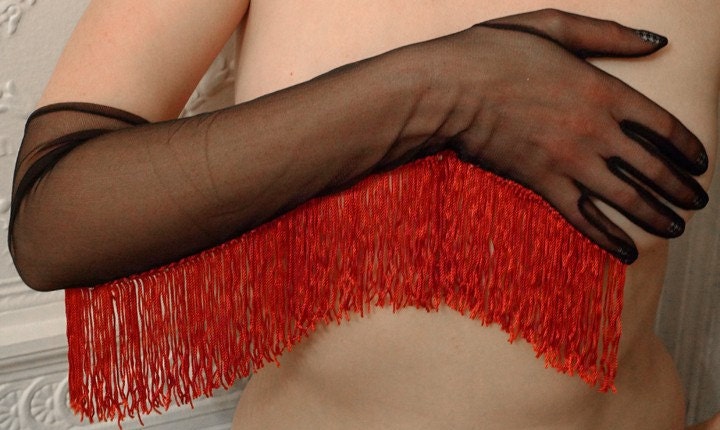 Burlesque Gloves wi... $25.00 | 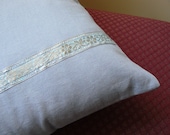 Baby blue linen cus... $30.00 | 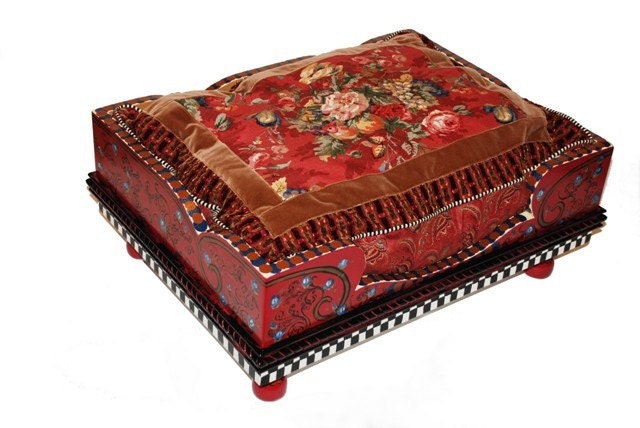 Hand painted Doggie... $399.00 |


